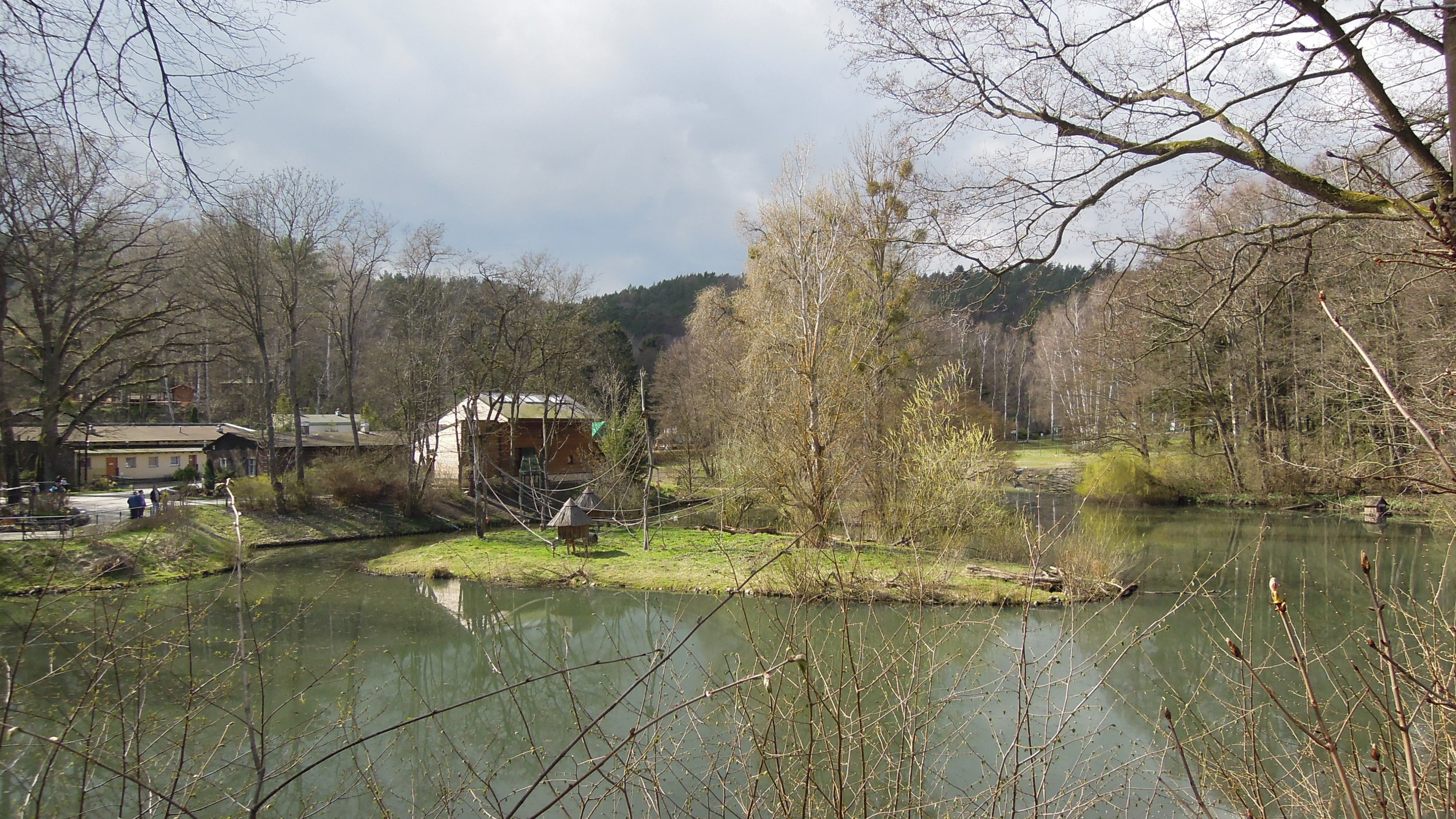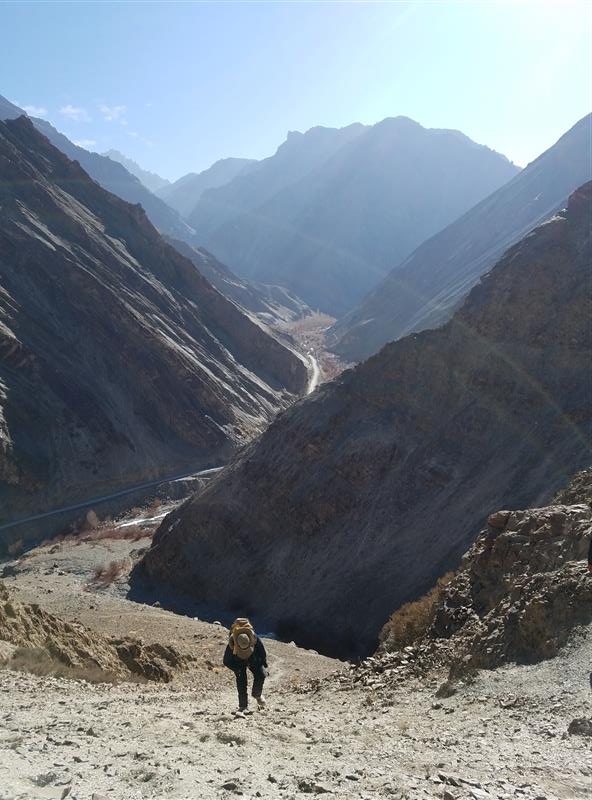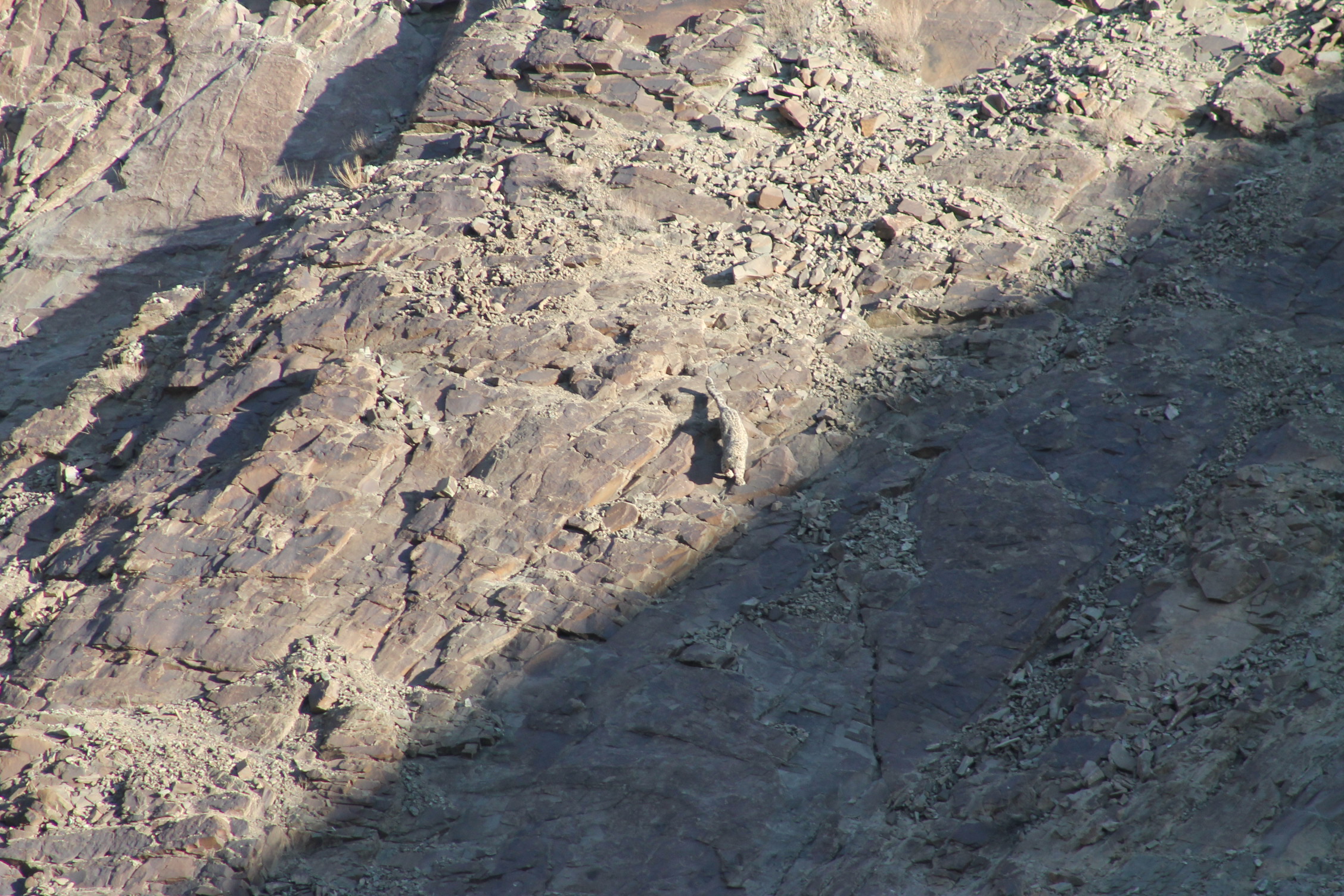Last month, I was able to spend a week in Europe focusing on zoo design. I attended a zoo design conference with many of the world’s leading designers and representatives from some of the most influential zoos from around the world. It was fascinating to see how differently everyone’s perspectives were, where their priorities lay, and what kind of risks they were willing to take. For more on the conference itself, keep any eye out for my upcoming Blooloop post summarizing my key conference take-aways.
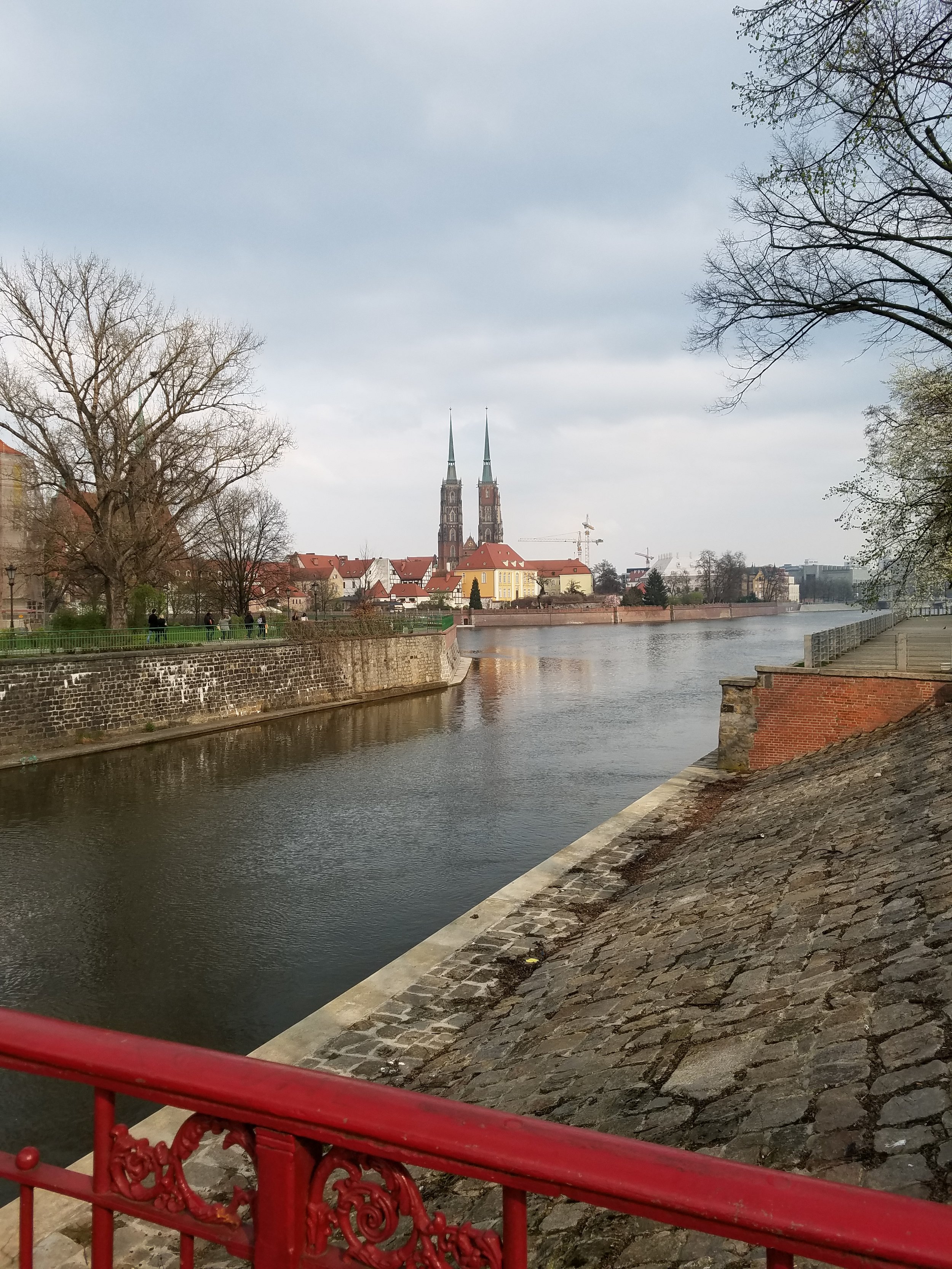
After the conference, my colleague from PGAV and I were able to visit a handful of zoos, presenting a range of experiential designs and husbandry styles. As a strategist, I visit zoos with an eye to understanding their particular brand and differentiators, instead of focusing so much on details. In my experience, every zoo has good habitats and those that need attention. It is the constant challenge for any zoo—understanding where and when to spend their limited capital budget.
In this post, I will present to you the two zoos we visited in Poland.
Zoo Wroclaw (pronounced something like “Vrot-zwoff,” although I still just mumble my way through it!) is considered to be the best zoo in Poland. It’s an historic zoo with historic structures in a fairly urban setting, but has nice site characteristics, such as naturally forested areas.
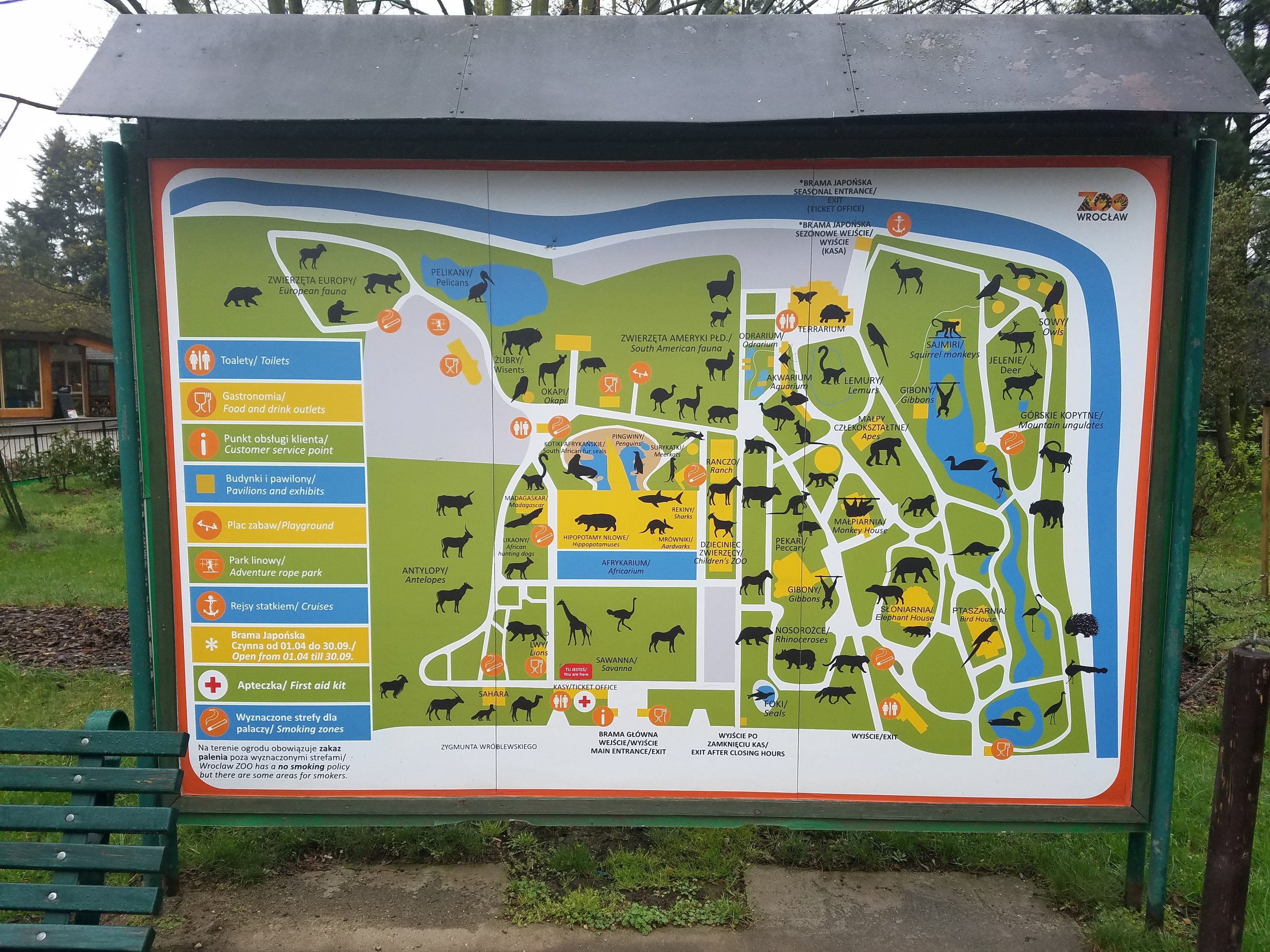
Overall, this zoo is fairly representative of an average zoo found throughout Europe. It has its charms and its challenges with the reuse of historic elements, like the original zoo restaurant (turned into a reptile house) and the zoo’s first structure, a castle-like brick enclave that originally housed bears (turned into unconventional bird enclosures).
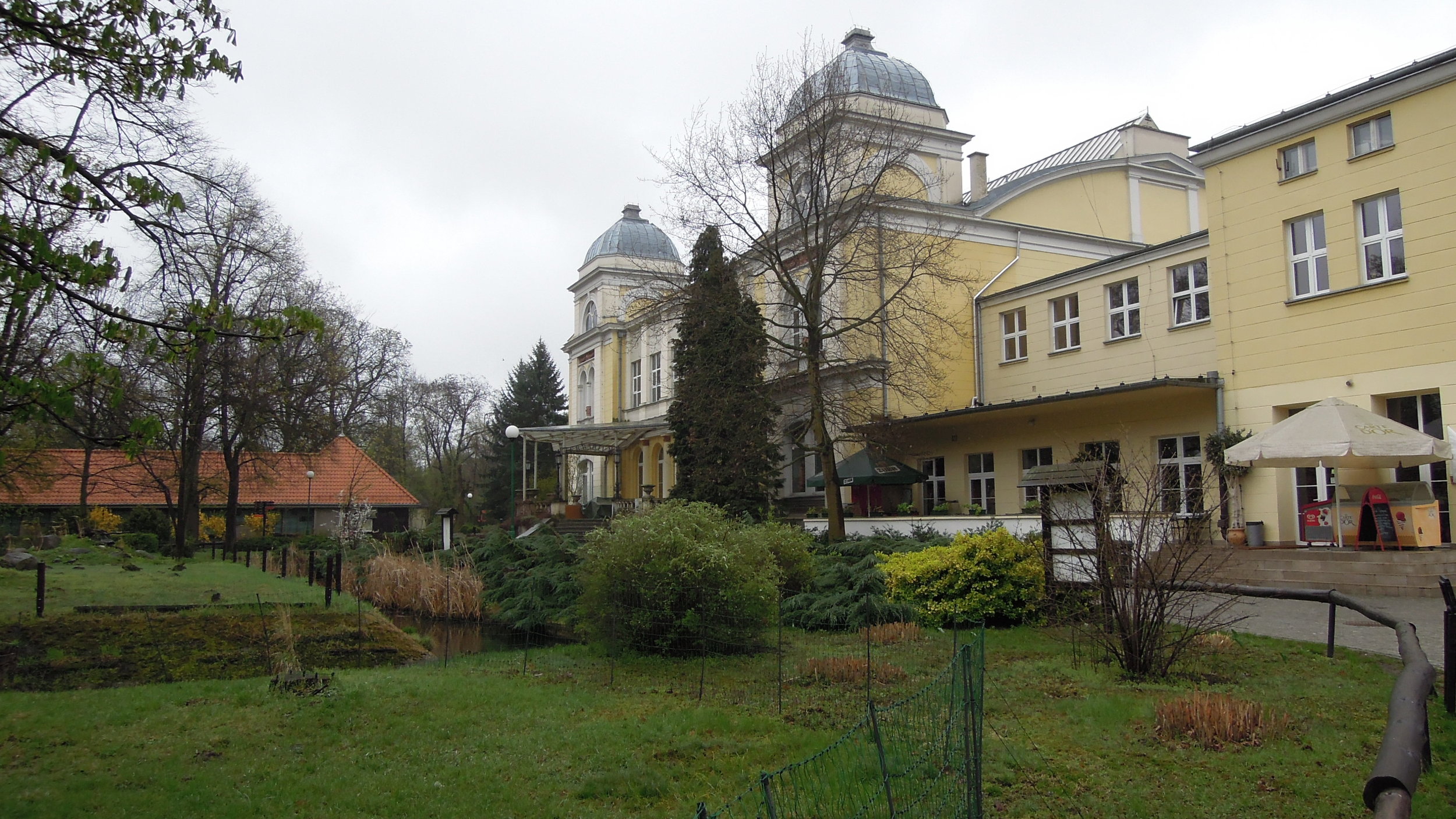
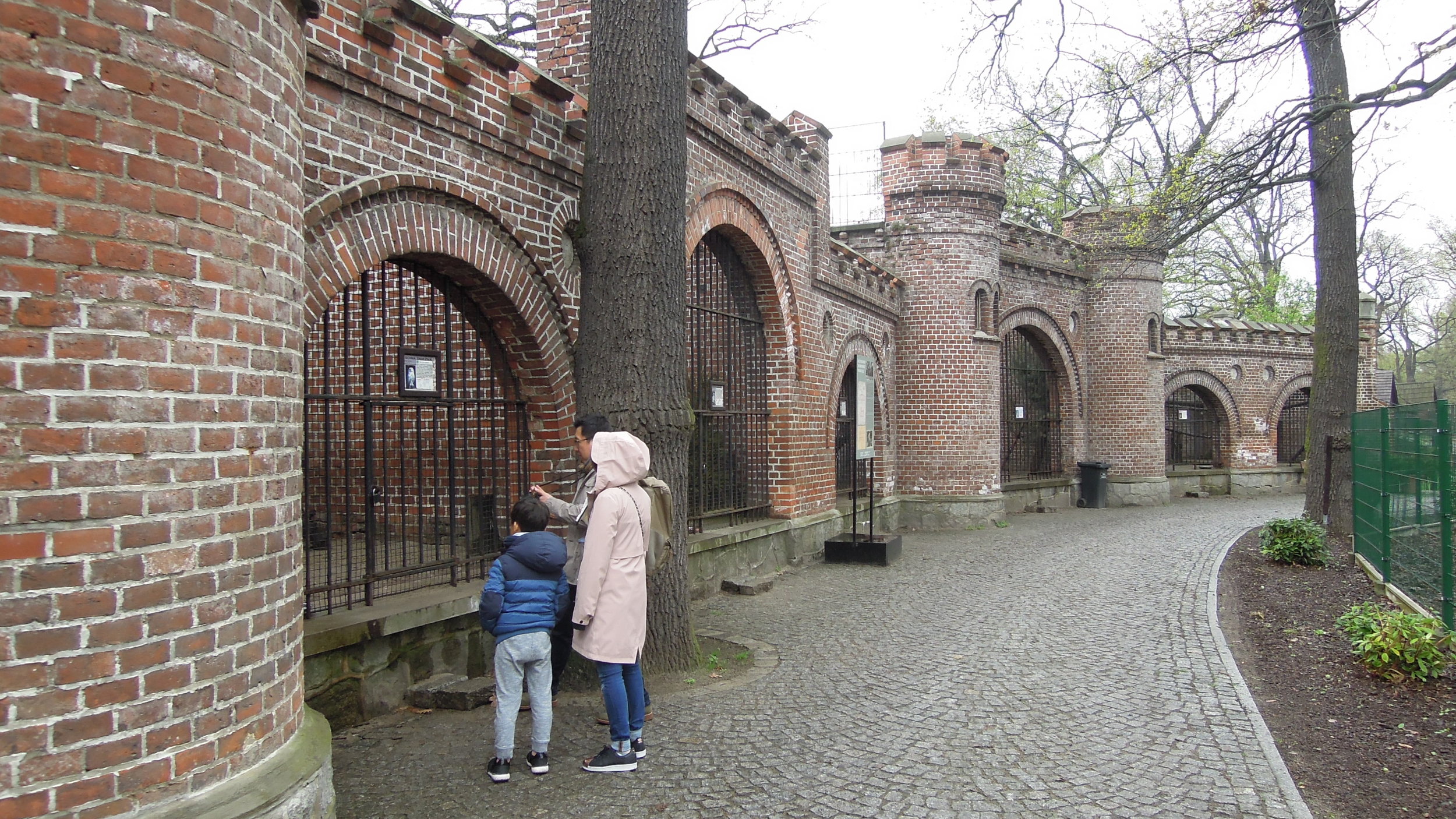
The layout is confusing and a reflection of its long history, and the intentionality of food service and retail could be improved.
The biggest lesson of this zoo is, however, the fact that many European zoos have not yet moved beyond their fascination with big A architecture—architecture for architecture’s sake, rather than serving a purpose for storytelling or supporting animal welfare.
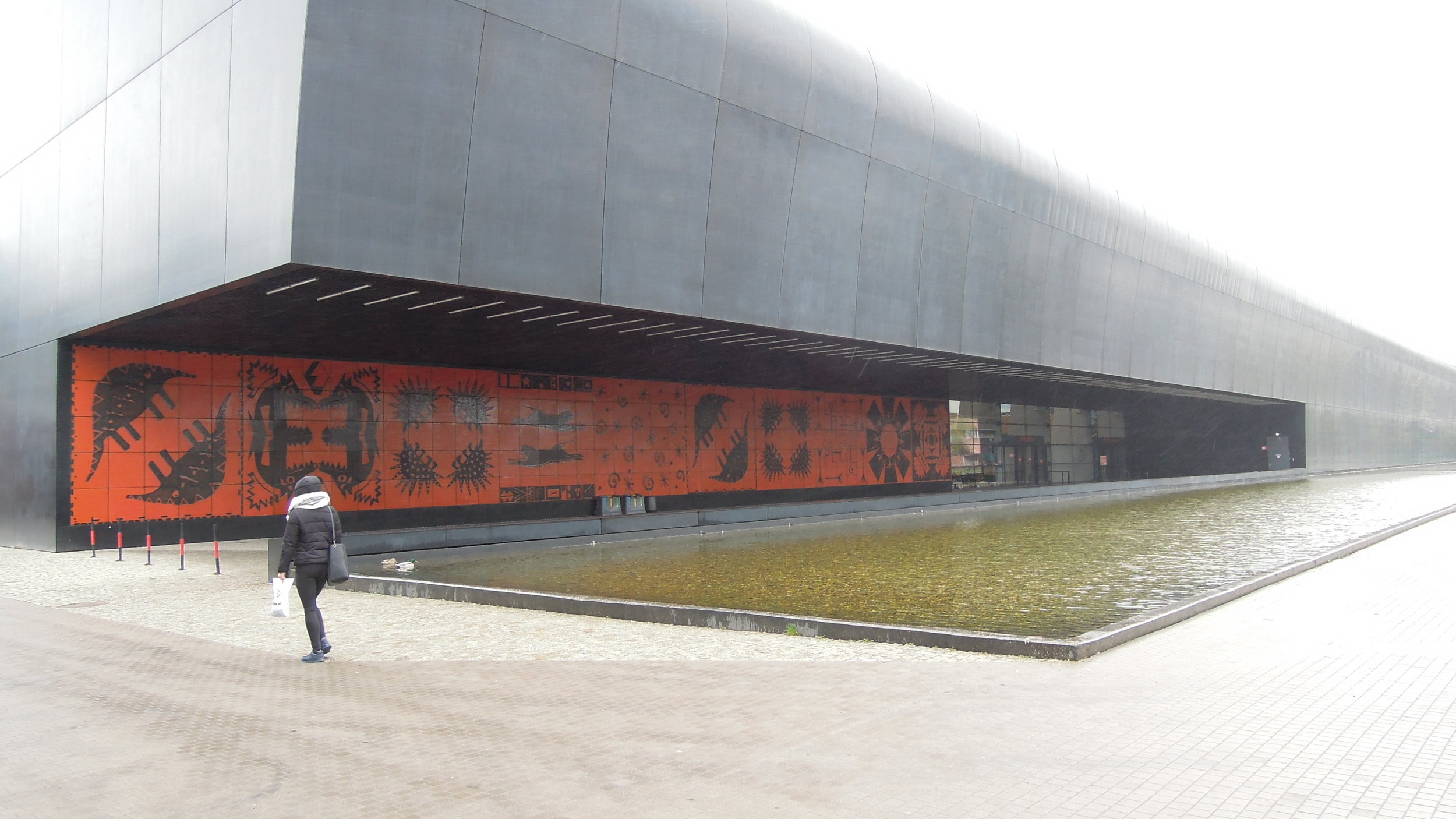
The Afrykarium, opened in 2015 and designed by local architect arc2, is a massive indoor Africa aquarium experience located at the heart of the zoo. Its expansive, monolithic black surface can be seen from most places in the zoo—and it’s not a good thing. It is not human scale; it does not feel inviting; it does not give a clue to what is held inside; it is in complete contradiction to the character of the zoo.
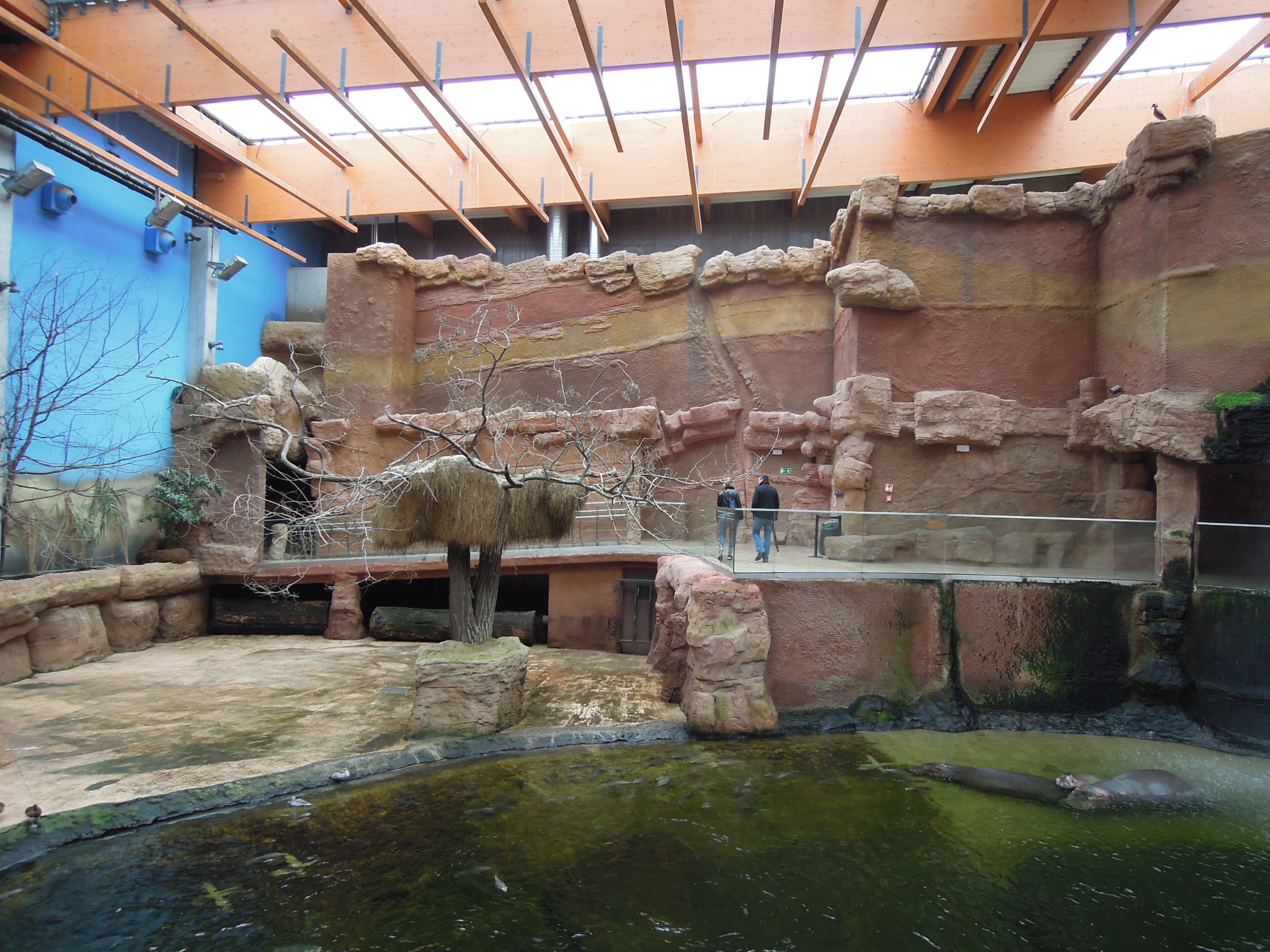
Once inside, it is clearly apparent that the architects had never created an animal habitat before. Although the habitats are quite spacious and in some instances, quite complex, the ability to recreate a natural habitat indoors is an art that takes many years of practice. This was very much an amateur project, and at $60 million, an unfortunate first attempt for the Zoo.

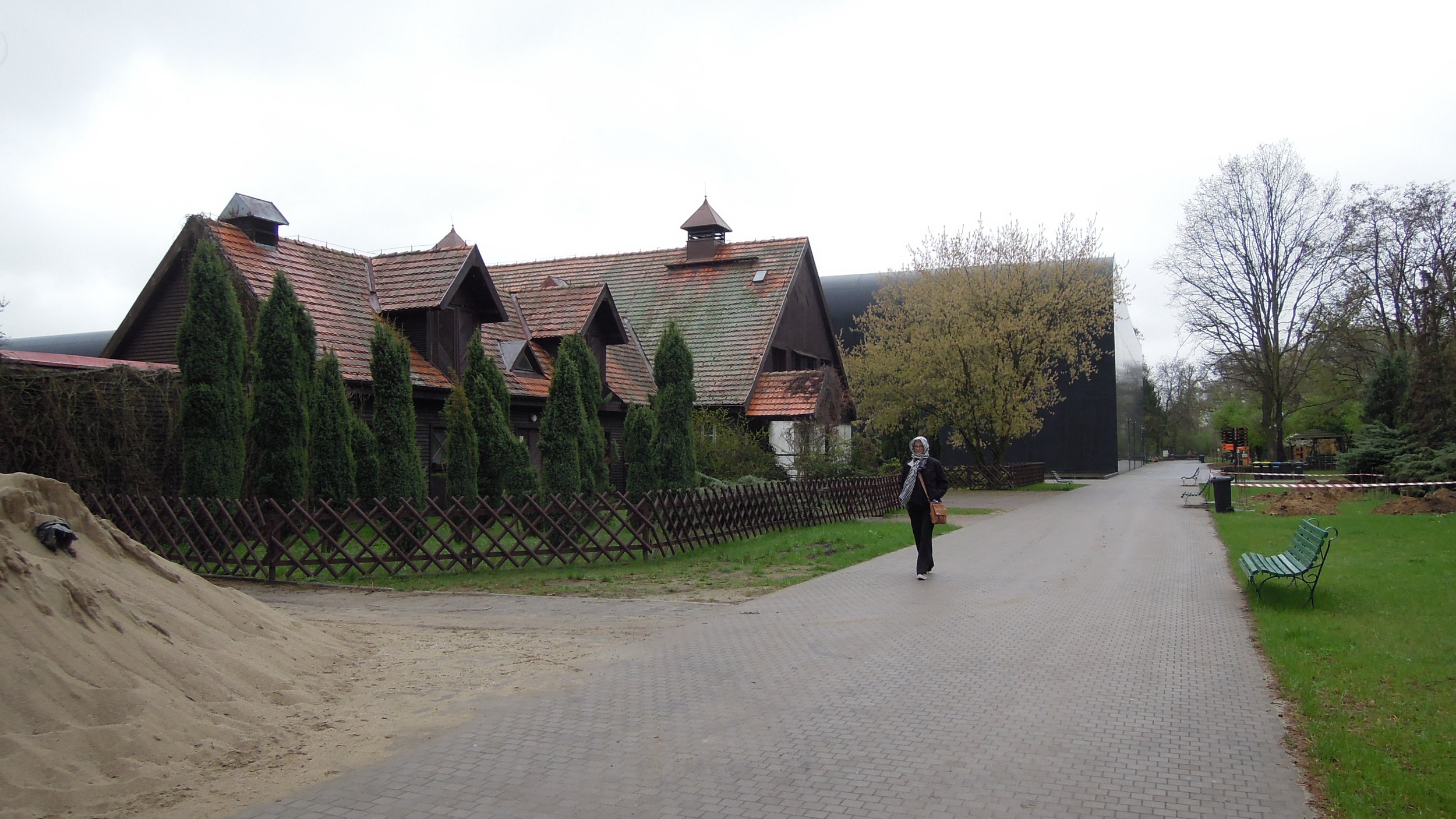
Gdansk Zoo, located in a city park just off the coast, is a humble zoo that truly benefits from its natural surroundings. The habitats are (mostly) large and naturalistic, many filled with trees and vegetation.
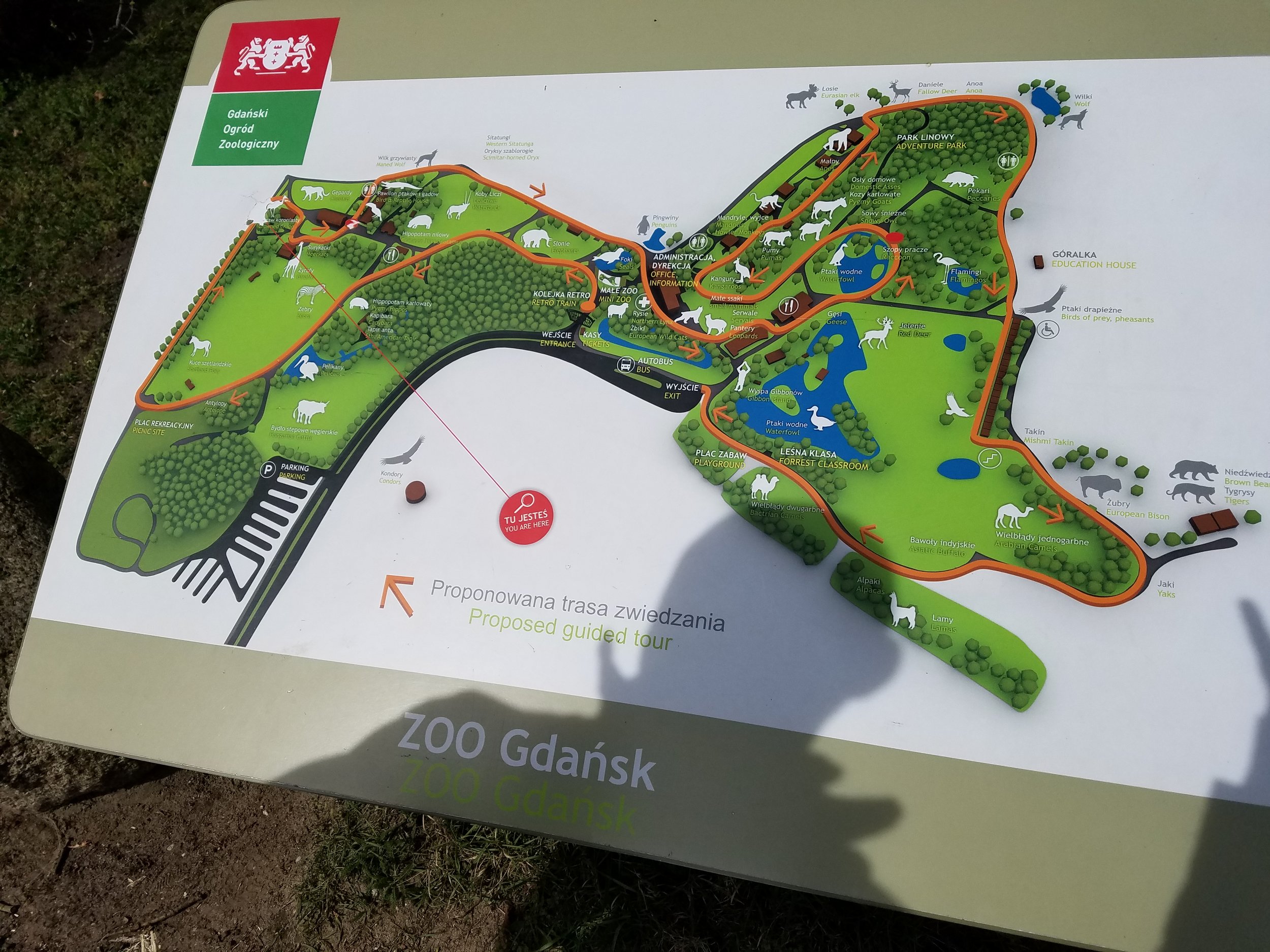
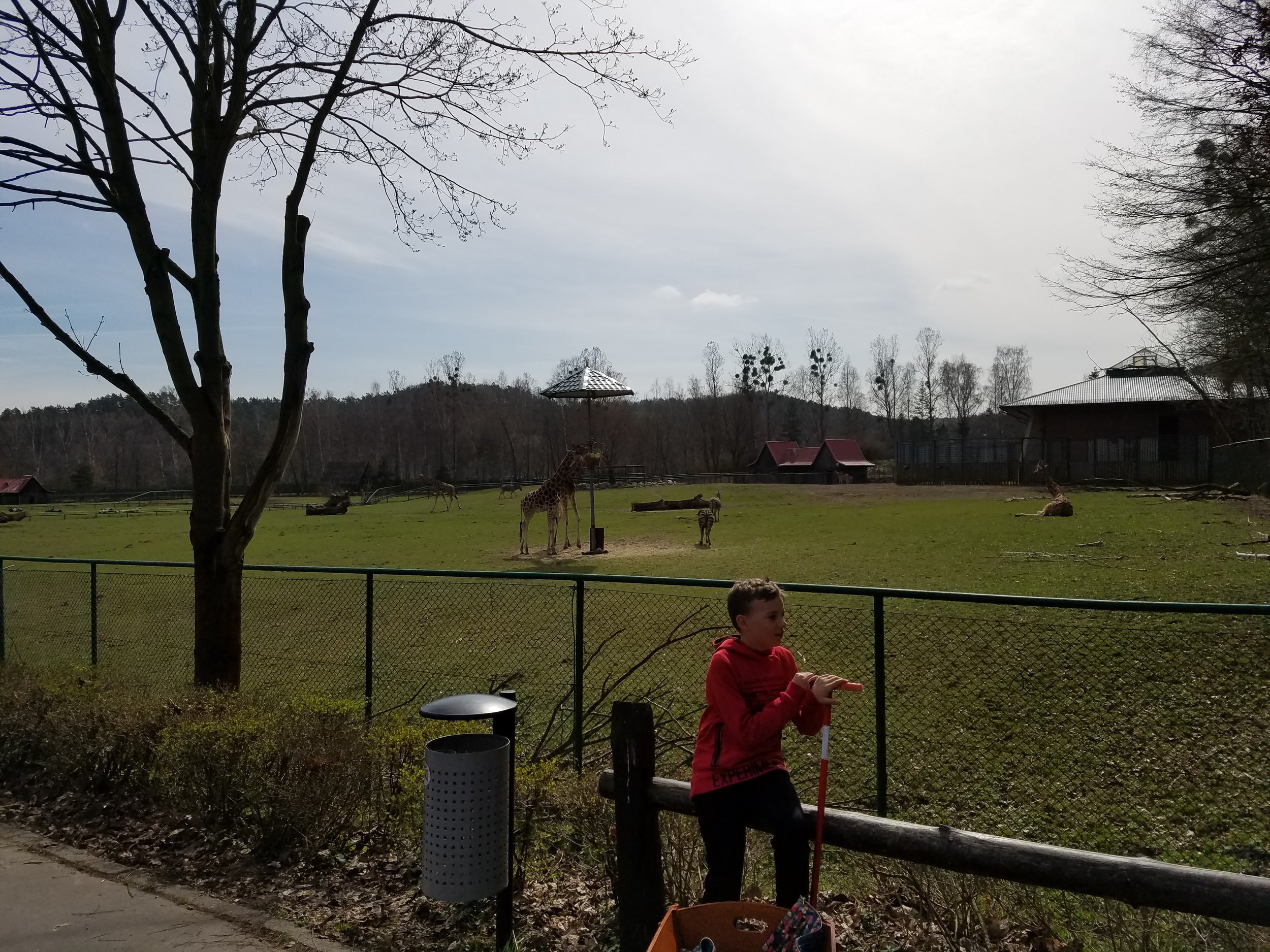
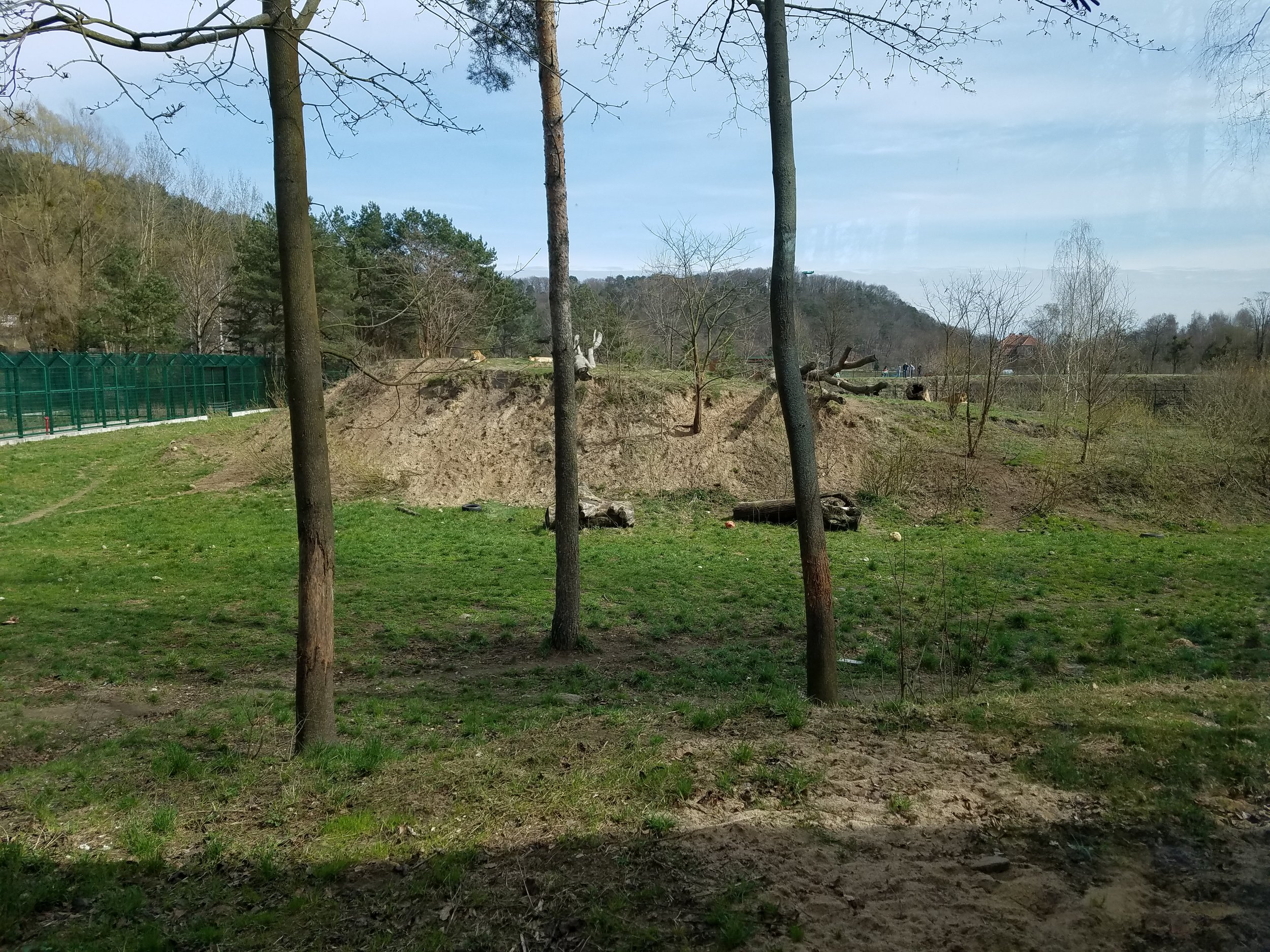
More than just the aesthetic benefits, the Zoo utilizes the site, located at the base of a low mountain range, to tap into a natural supply of fresh water for the habitats. Although none of the exhibits contain underwater viewing, the water is regularly tested to meet quality standards, and is filtered naturally through a series of enhanced wetlands before moving into the city’s sewer system.
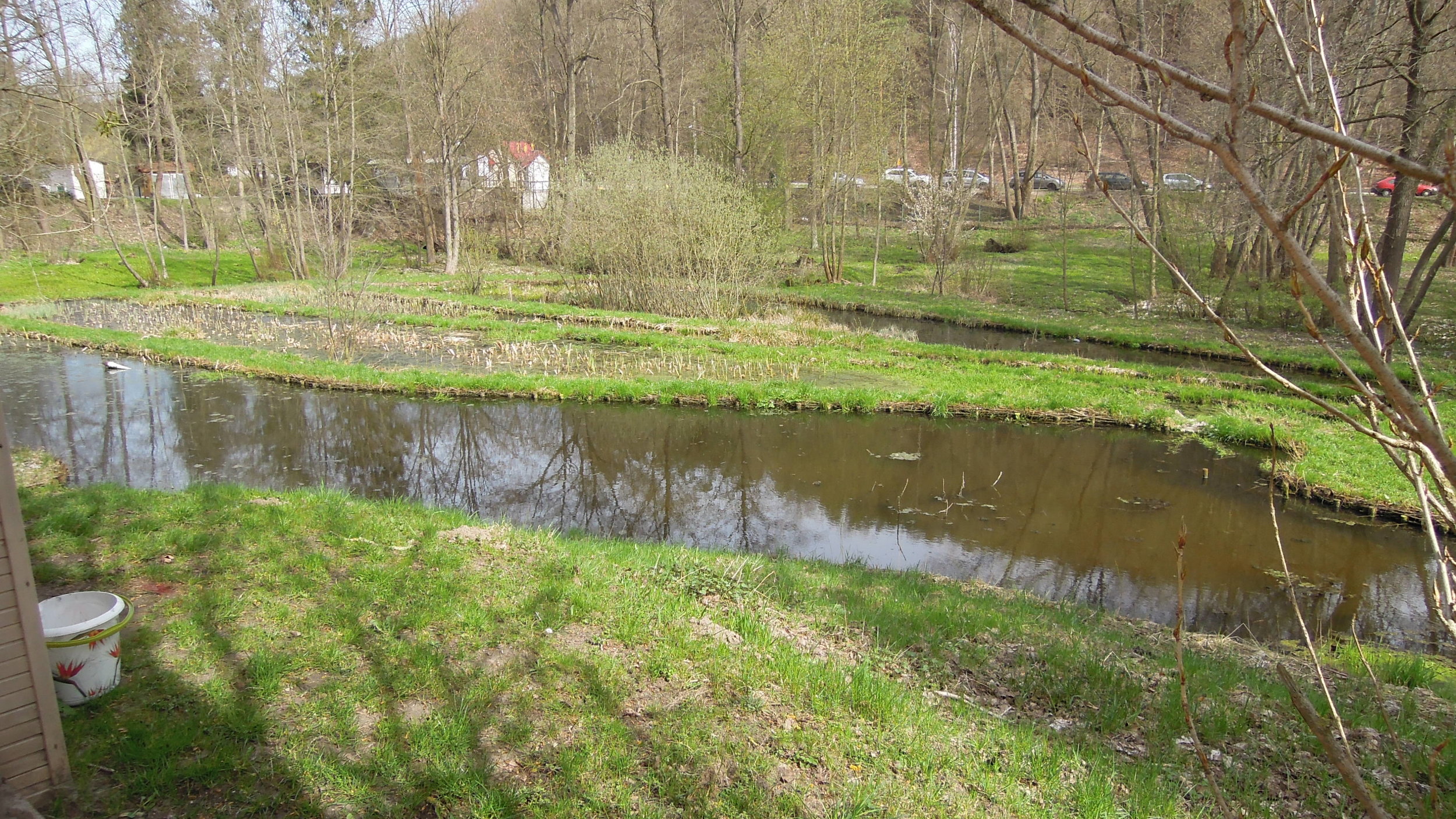
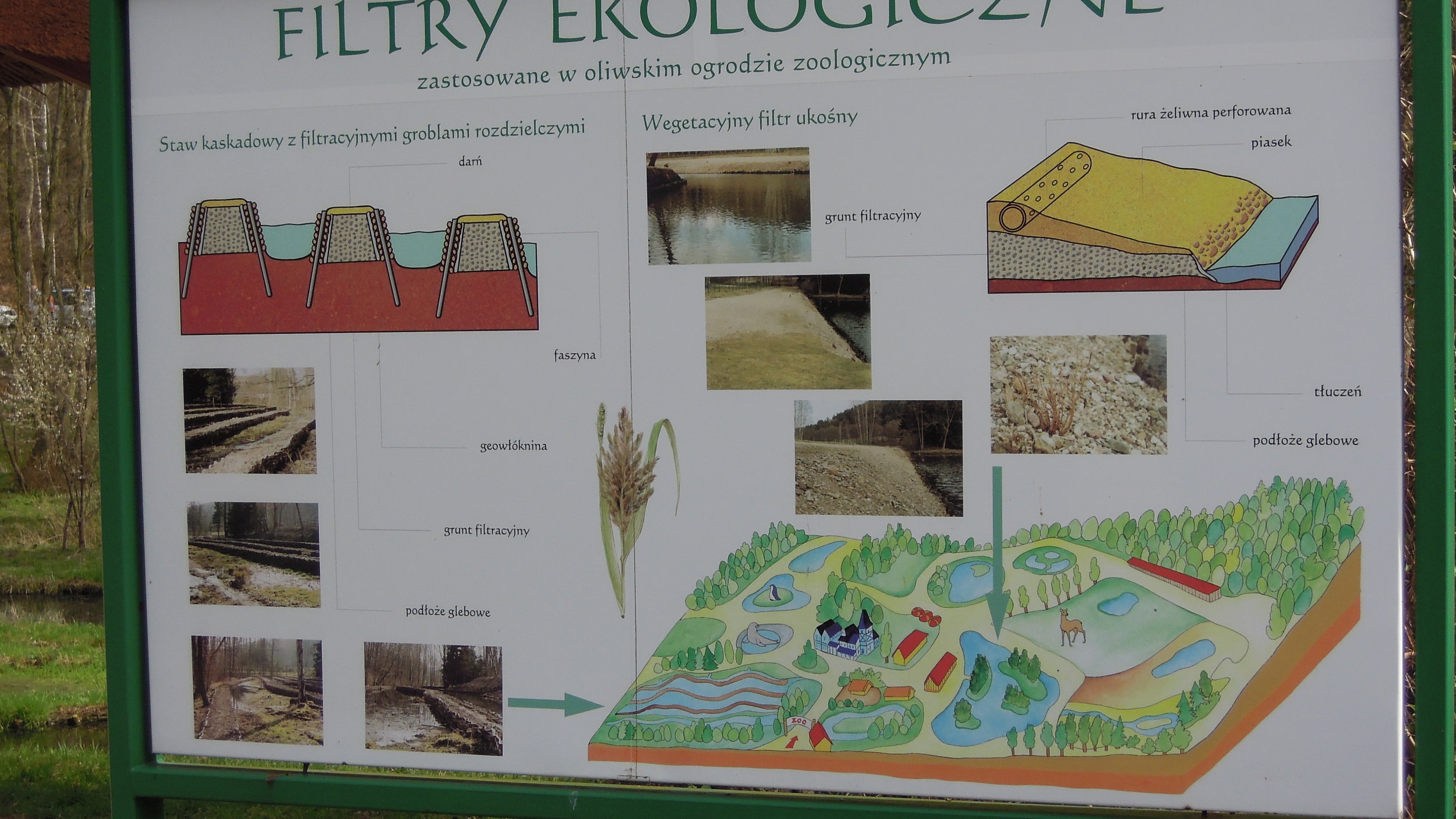
The habitat barriers throughout exemplify the willingness to take risks that is characteristic of European zoos. Many exhibits here appear to have only hot wire as a barrier, and those with actual barriers, tend to be lower or less robust than what we would do here in the US. There are even places where hot wire is located to impede GUESTS rather than to stop ANIMALS. For example, the tiger caging is surrounded by hot wire on the guest side, with a hand rail along the guest path. A sign warns guests to not touch the hot wire, and also to not get close to the tiger enclosure.
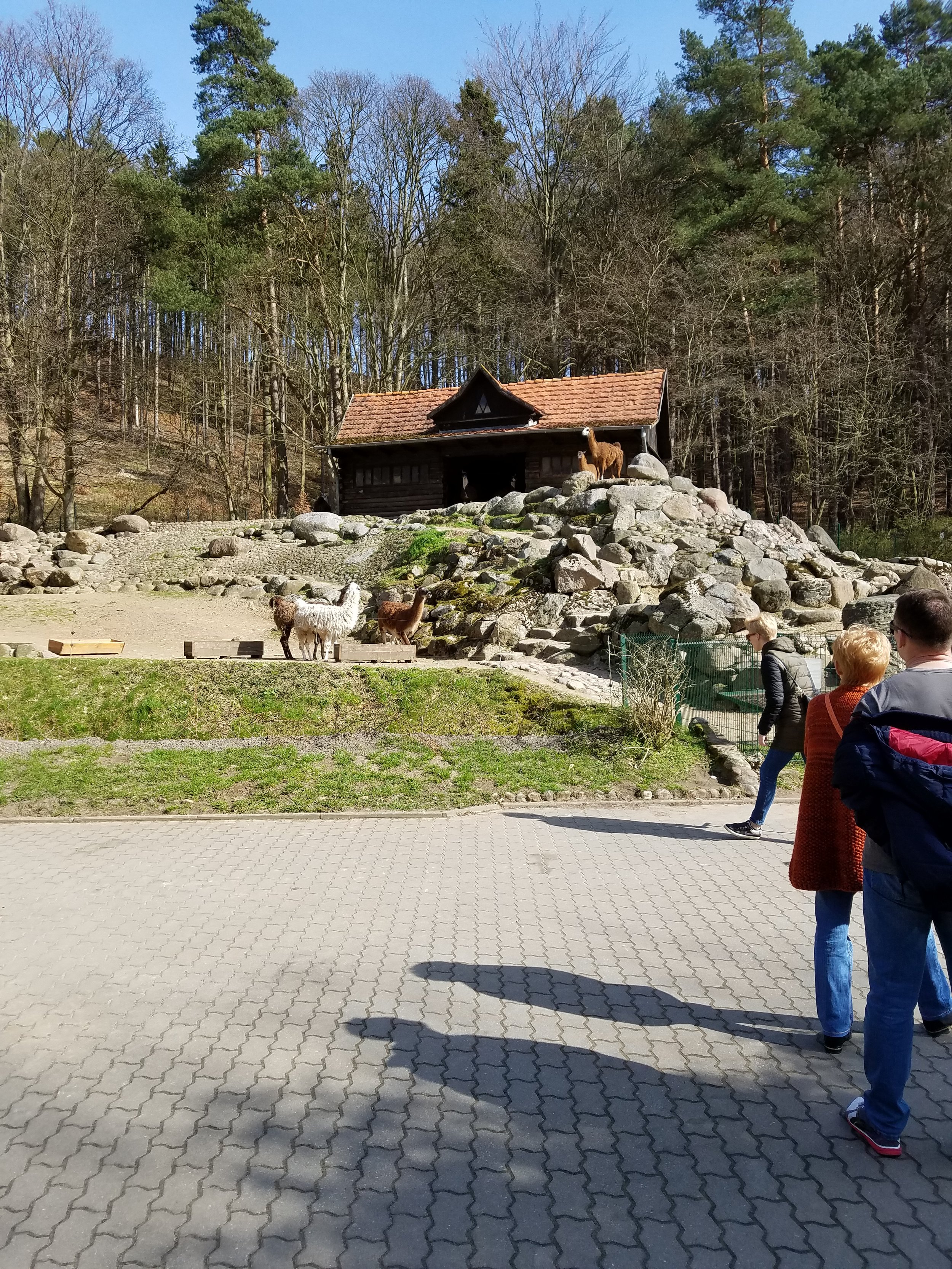
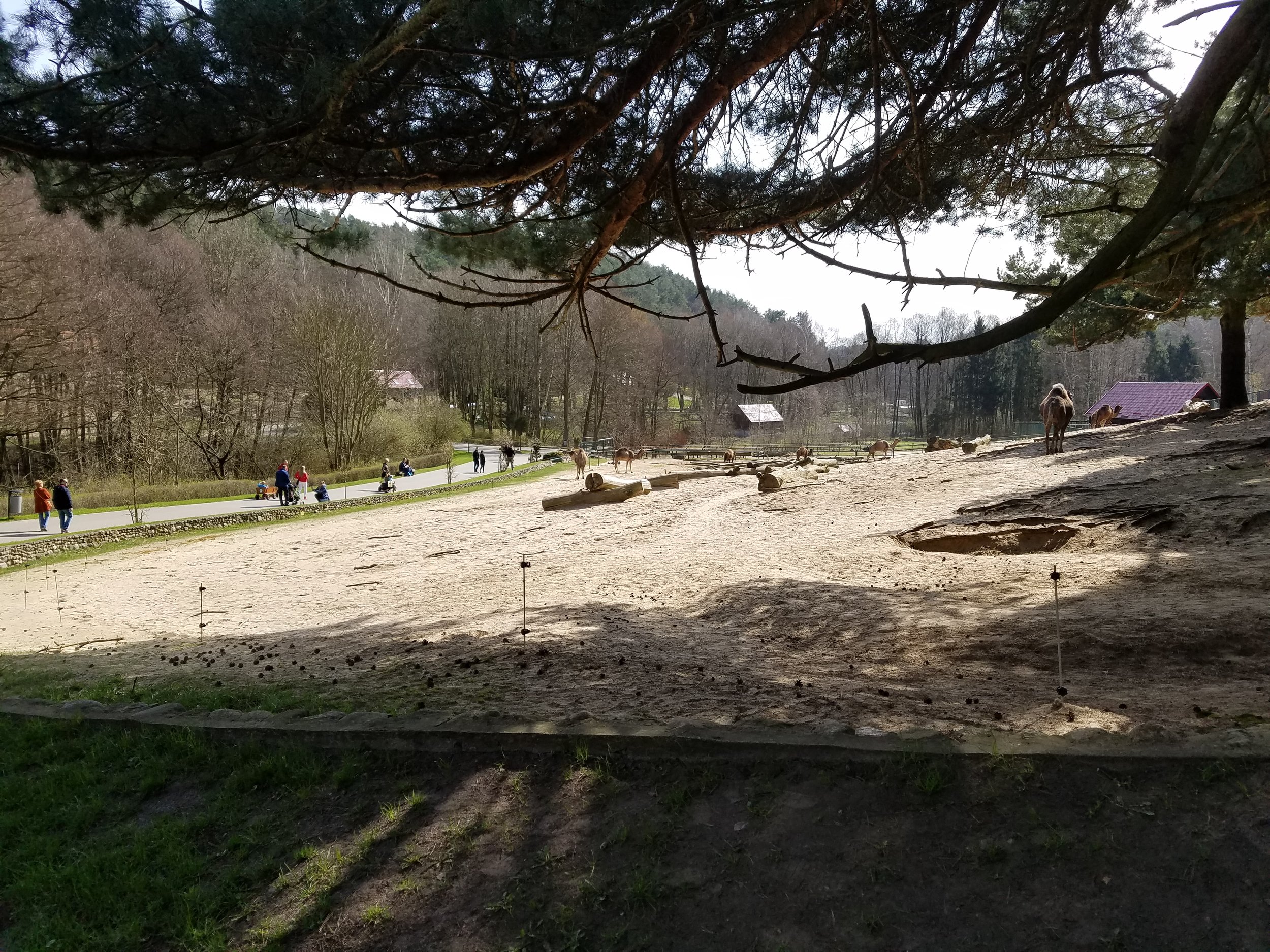
However, this zoo has a comfortable, park-like feel that welcomes guests to take their time and stroll. This is a very traditional approach to zoo design which generally is less appealing to me, but given the natural beauty of the site, the use of natural materials and vegetation within habitats, and the size of most of the enclosures, this zoo has a certain familiar, comfortable charm.
